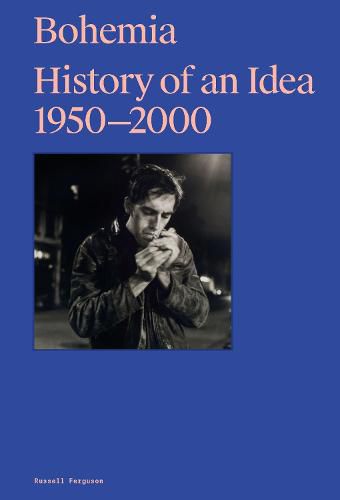Readings Newsletter
Become a Readings Member to make your shopping experience even easier.
Sign in or sign up for free!
You’re not far away from qualifying for FREE standard shipping within Australia
You’ve qualified for FREE standard shipping within Australia
The cart is loading…






Against the Grain
Since its beginnings in Paris in the mid-19th century, the idea of bohemia, an urban community of artists and intellectuals living outside bourgeois norms, has been a potent trope of artistic identity. It was here that the notion of an unconventional, free-spirited life, precarious yet filled with idealism, was codified and romanticized. Bohemia: History of an Idea, 1950 - 2000 shows the continuities and differences between the scenes and subcultures of the second half of the twentieth century, when the mainstream began to appropriate and thereby erode a way of life predicated on its rejection. Nonetheless, as an alternative to conformity the bohemian idea has exerted an enduring fascination. Through works by 39 artists, including Alice Neel, PeterHujar, John Deakin, David Wojnarowicz, Ed van der Elsken, Robert Frank and Alfred Leslie, William Gedney, Libuse Jarcovjakova, Nan Goldin, Zhang Huan and Wolfgang Tillmans, the publication explores the diversity of expressions in various cities in Europe, North America and Asia and shows that the bohemian idea continues to galvanize and inspire.
$9.00 standard shipping within Australia
FREE standard shipping within Australia for orders over $100.00
Express & International shipping calculated at checkout
Against the Grain
Since its beginnings in Paris in the mid-19th century, the idea of bohemia, an urban community of artists and intellectuals living outside bourgeois norms, has been a potent trope of artistic identity. It was here that the notion of an unconventional, free-spirited life, precarious yet filled with idealism, was codified and romanticized. Bohemia: History of an Idea, 1950 - 2000 shows the continuities and differences between the scenes and subcultures of the second half of the twentieth century, when the mainstream began to appropriate and thereby erode a way of life predicated on its rejection. Nonetheless, as an alternative to conformity the bohemian idea has exerted an enduring fascination. Through works by 39 artists, including Alice Neel, PeterHujar, John Deakin, David Wojnarowicz, Ed van der Elsken, Robert Frank and Alfred Leslie, William Gedney, Libuse Jarcovjakova, Nan Goldin, Zhang Huan and Wolfgang Tillmans, the publication explores the diversity of expressions in various cities in Europe, North America and Asia and shows that the bohemian idea continues to galvanize and inspire.